News
View the latest inspiring and positive news and information about what's going on in the PM and IT world.
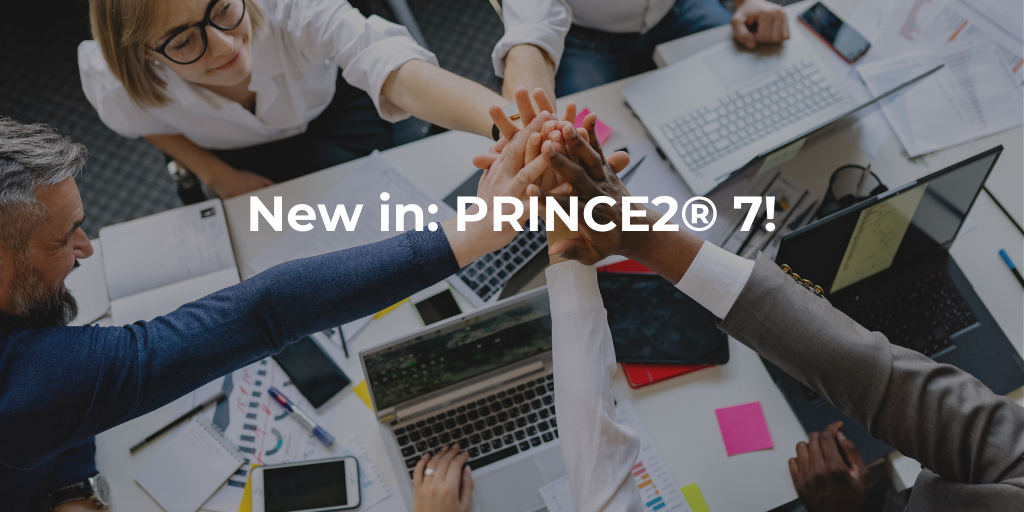
PRINCE2®, the world’s leading project management method, has evolved to meet the needs of the future. The method has been updated to reflect the modern realities of managing successful projects in the 21st century, incorporating the latest processus, tools and technologies to stay ahead of the curve. All changes come together in the latest edition, PRINCE2 7. From April 2024, QRP International offers PRINCE2 7 training not only in English, but now also in French, German and Italian.
PRINCE2 has been the gold standard for global project management practices since 1996. It is a flexible and adaptable method that can be tailored to any project, regardless of size, purpose or industry. PRINCE2 7, the latest version, addresses the changes in the project management sector and adapts to evolving working practices and technologies.
PRINCE2® 7 enhances project management
With PRINCE2 7, project management is brought up to speed with the current business environment and it is enhanced in the following ways:
- Emphasising People: PRINCE2 7 recognizes the vital role of individuals in project success, incorporating a human element into its methodology.
- Sustainability in Project Performance: PRINCE2 7 introduces Sustainability as a critical aspect of project performance, aligning projects with environmental and social responsibility goals.
- Digital & Data Management: It incorporates a digital and data management framework to meet evolving project management needs.
- Enhanced Adaptability: PRINCE2 7 offers greater adaptability for customization to specific project contexts, empowering managers to align projects with strategic goals.
- Integration with Agile, Lean and ITIL: It provides guidance on not only integrating Agile and other Best Practices, but also on digital transformation projects, fostering collaboration and responsiveness.
- Designed for all professionals: including aspiring or experienced project managers, using simplified language and content which makes it more accessible to all.
PRINCE2 7 meets modern project demands, equipping managers and teams with refined tools for complexity management and excellence. Its significance is bridging the gap between structured project management and the dynamic demands of today’s business environment.
PRINCE2 7 training and certification
The new edition of the PRINCE2 method has been officially launched early September 2023. QRP International has been offering courses in English since that moment. As PeopleCert recently also launched the translations of the PRINCE2 7 method, QRP International will offer PRINCE2 7 Training also in French, German and Italian from April 2024 onwards.
QRP International has made sure all our trainers are certified in PRINCE2 7 and are ready to train you and your team too. We provide the PRINCE2 7 Foundation, Practitioner and Combi training both as classroom and virtual training in English, French, German and Italian. All planned training sessions from April onward shall use the PRINCE2 7 version. Our PRINCE2 E-Learning in English and French are based on PRINCE2 7.
Our PRINCE2 7 certification training courses also include complimentary Take2, which is one free exam resit should you fail on the first attempt at the examination.
For more information, feel free to contact us via email or call.
In collaboration with PeopleCert, QRP International organised a webinar to talk you through the latest update and explain why now is the best time to get PRINCE2 7 certified.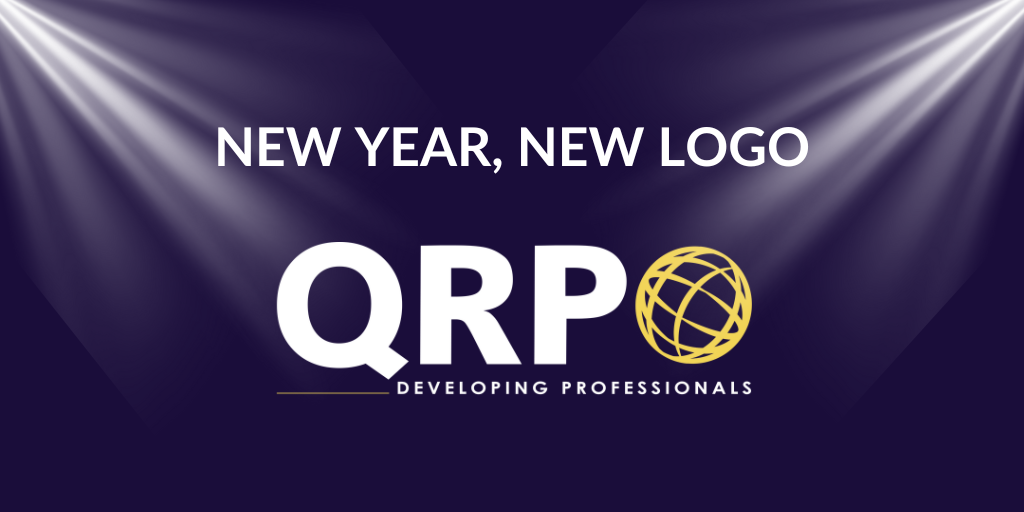
Today, we're thrilled to unveil our revamped logo. The changes to our logo design capture the essence of QRP’s core values, blending modern aesthetics with a touch of tradition. It reflects our dedication to continuous innovation and excellence.
A New Chapter for QRP International
This logo marks a new chapter for QRP International, and we're excited to embark on this journey with a refreshed visual identity. In 2023 QRP International celebrated its 20 Years in Business. The modernised logo should represent our promise of being a trustable partner in continuous learning to our clients.
Developing Professionals to Facilitate Changes
At QRP we work continuously to help professionals improve their skills and support both organisations as individuals throughout their learning journey. We want to improve your way of working. Our training courses can help unlock individual potential and achieve a higher level of structure and efficiency in the organisation, leading to an increased productivity.
Join QRP International in celebrating this exciting milestone.
Do you know who is behind QRP? Meet our team!
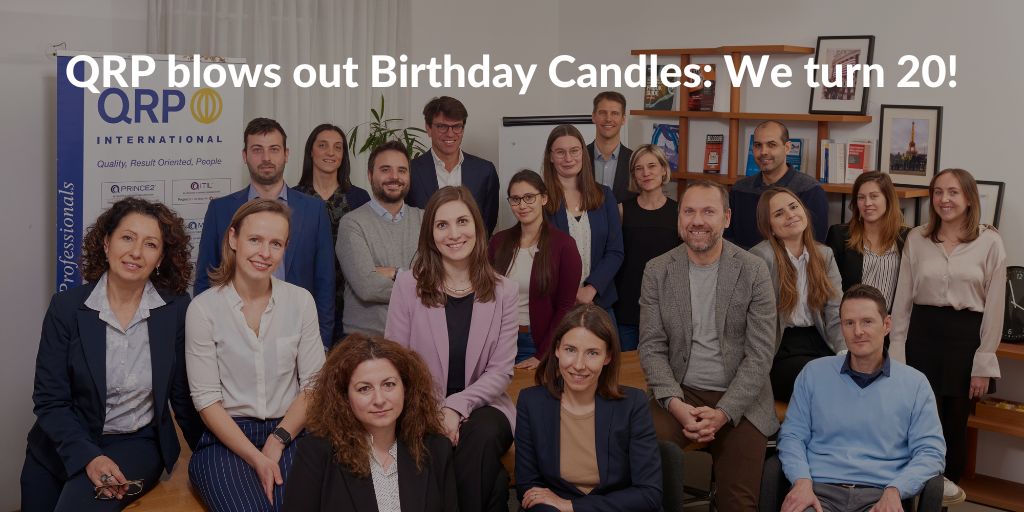
The history and the DNA of QRP
Exactly 20 years ago, on a hot July day, our CEO Coos heard a strange noise coming from behind him. Wondering what it was, he looked around the small mediaeval flat on the walls of Bergamo's old town that he had rented when he decided to move to Italy. The strange noise came from the fax machine: he had just received his first ever registration for a PRINCE2 course!
After Coos organised his first PRINCE2 course (in Italian!) he decided to rent an office and to hire his first intern, a young university student by the name of Michelangelo, the current Chief Operating Officer of QRP International. This was the start of a team of 25 employees, with dedicated departments like operations, finance, marketing and sales growing over the years.
In 2006 already 1,000 people were trained by QRP International, and in 2008 the first million in revenues was celebrated. A specific market strategy for Belgium, France, Italy, Luxembourg and Switzerland was developed and these countries became the core of QRP International. In 2015 QRP started a dedicated blog on different topics related to Project, IT Service Management, Agile and Change Management that now reaches more than 200,000 annual visits. In 2020 we also started offering virtual classes due to Covid, besides the more traditional live classroom format.
Through all these years our main goal has been and still is to develop professionals to facilitate changes, which inspires our team and forms the value proposition of our company.
We cannot repeat our Core Values often enough:
1. We do our utmost to make our clients happy 2. We enjoy working together as a team 3. We keep our word 4. We are committed to our professional development
Awesome QRP Initiatives and Fun Facts about the Team
Besides organizing courses and developing professionals, QRP International also has devoted its time to charity. We strive to give back to our community by making a positive impact on society. QRP contributes €1 euro for each person trained in the fiscal year.
With regards to one of our team building activities, QRP has called into life the QRP Days. Born in 2007, the QRP Days bring the full team together for a day or two with the aim of learning from each other. During these days we also invite our trainers around the world to come visit us in Italy so we can get to know each other better. In this way, we live our values together.
And then some Fun Facts about the Team! We work with 75 trainers worldwide, we have count 9 different nationalities in our QRP office and we welcome new employees by treating the whole team to a brioche. Recently we organized a table-soccer competition during lunch breaks, and we go for a coffee walk every day after lunch. Real insider tip: did you know that the most common QRP zodiac sign is a Capricorn?
QRP’s Future
At QRP we work continuously to help professionals improve their skills and support both organisations as individuals throughout their learning journey.Our mission is to help clients when they are tired of losing time and money on their projects and processes. Our training courses can help unlock individual potential and achieve a higher level of structure and efficiency in the organisation, leading to an increased productivity.
In order to do so, we plan to expand our business beyond the countries that are already operational and to establish a presence in other mature markets across Europe. We stay close to our Core Values, both for working with our clients as for the relationship with our own employees. Through great social initiatives that keep developing, we continuously value having fun together as a team; we only just established our QRP Social Committee! We’re just getting started…
As in 2023 we celebrate our 20th anniversary, we are grateful that we had the opportunity to work with many great clients and help many professionals achieve their goals. We look forward to continuing this journey of providing the highest quality training solutions to our clients, and to contribute to their ongoing success.
For our 20 years of success we have to thank not only our clients but especially our trainers which lead us in a bright future and make us such a competitive business.
Do you know who is behind QRP? Meet our team and follow us on Linkedin!
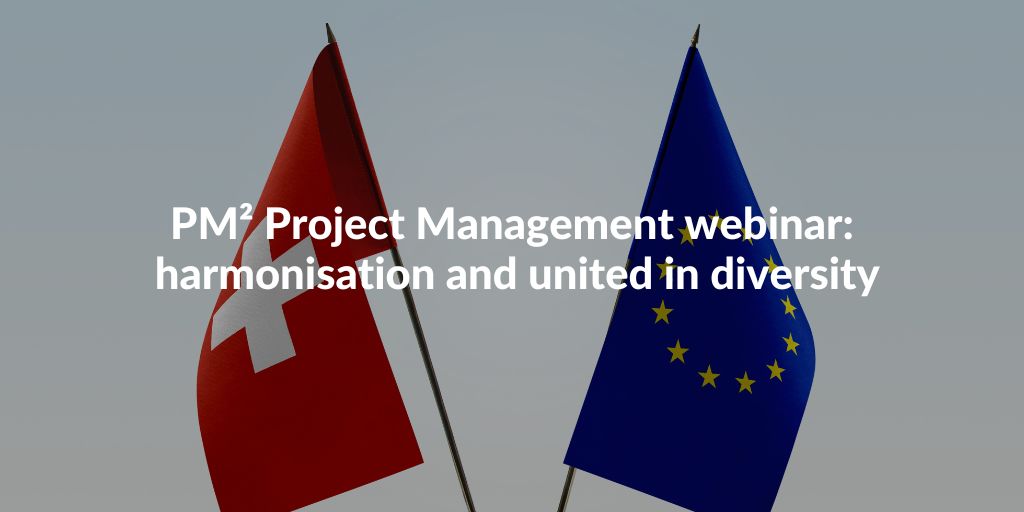
PM² Project Management: harmonisation and united in diversity - Webinar
We invited our experts Natacha Brenner (EN/FR/DE) & Eusebio Gianodomenico (IT) to host the webinar. In just 30 minutes the webinar aims to provide an overview of the PM² methodology and seeks to clarify what makes the methodology stand out. Our experts will highlight the advantages of using PM² in an interactive way. Questions and active participation are encouraged! Choose your language and register to one of our webinars:ENGLISH - May 11, 2023 11:00 AM
"PM² Project Management: harmonisation and united in diversity"GERMAN - May 30, 2023 11:00 AM
"PM²: Harmonisierung und geeint in der vielfalt"ITALIAN - June 13, 2023 11:00 AM
"PM² Project Management: armonia ed unità nella diversità"FRENCH - June 15, 2023 11:00 AM
"Gestion de projet PM² : harmonisation et solidarité dans la diversité"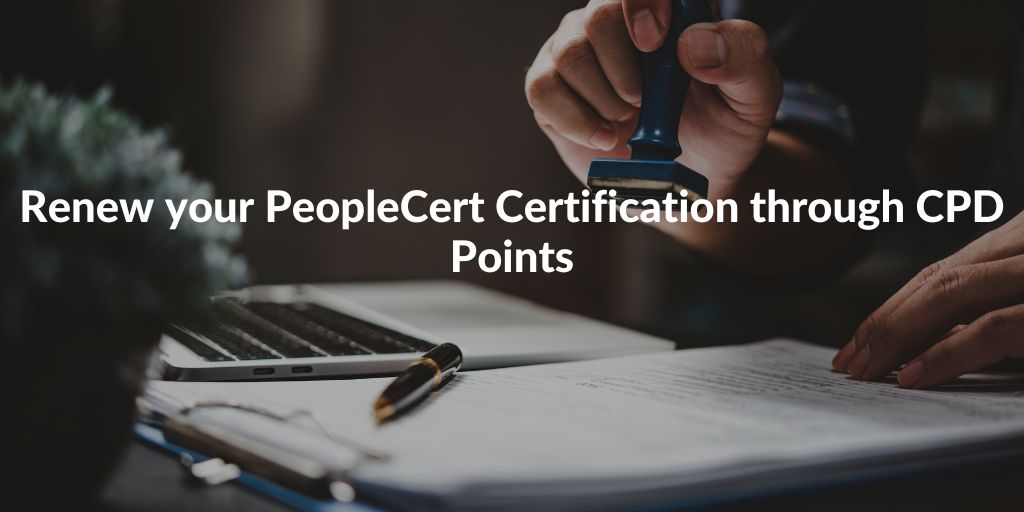
How to log your CPD Points each year
You can further develop your professional skills by logging CPD points through the MyAxelos portal. To keep your current certifications valid, CPD points can be logged against an individual or multiple certifications. For each Product Suite, candidates must submit at least 20 CPD points each year, across different categories of CPD, for three years consecutively. At the end of this period, your certification renew-by date will be extended by three years, and the cycle will repeat. These points must be submitted by the date on which you originally passed your most recent exam within the Product Suite. For example, if you originally passed the exam on 1st April, your 20 CPD points must be logged by 1st April each year.What are the PeopleCert Product Suites?
Renewing a certification can be done within the same product suite. An ITIL® 4 certification will not be renewed by obtaining a PRINCE2® certification, but could be renewed by taking any other ITIL 4 certification, such as ITIL 4 Specialist: Create, Deliver and Support. Product suites are as follows:
- ITIL 4 Product Suite: All ITIL 4 certifications
- Project, Programme & Portfolio Management Product Suite: PRINCE2®, PRINCE2® Agile, MoR®, MSP®, MoV®, MoP®, P3O®
What are the different categories of CPD points?
Below you can find some examples (a more extensive overview can be found on the PeopleCert website):- Professional experience: applying best practice in the workplace or coaching colleagues in relation to best practice
- Professional education: PeopleCert certifications or other certifications from non-PeopleCert accredited training organisations
- Community: organising or attending industry or best practice related events
For any questions, please reach out to us anytime or have a look at PeopleCert’s website.
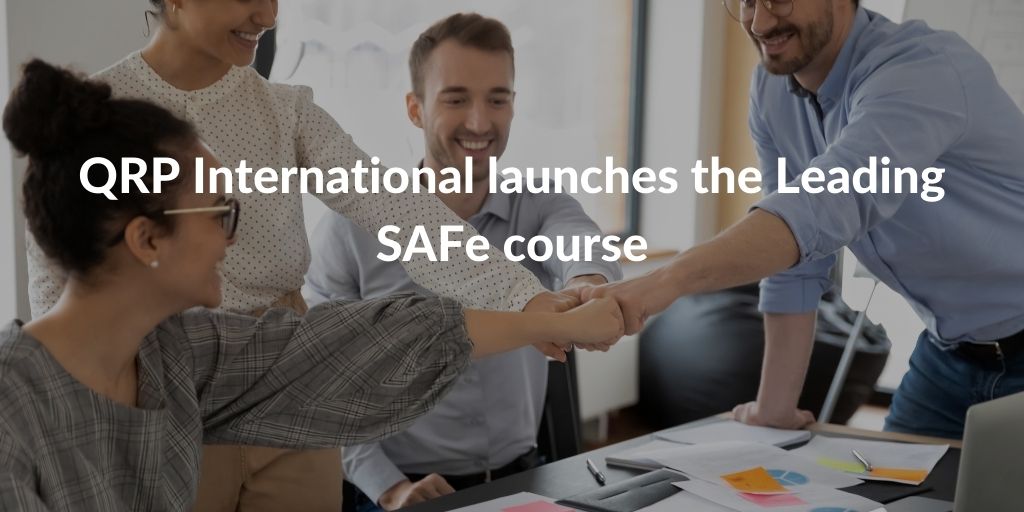
Leading SAFe
QRP International is now a Scaled Agile Bronze Transformation Partner. We offer the Leading SAFe training, which prepares for the SAFe 5 Agilist certification.
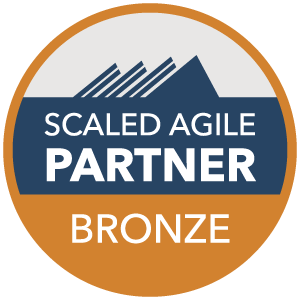
The Leading SAFe course enables attendees to lead a Lean-Agile enterprise successfully into the adoption of the Scaled Agile Framework (SAFe). After an introduction to SAFe, the training provides the best practises and methods to drive your Lean-Agile transformation.
Thanks to SAFe 5.0, your organisation can become the Agile business it needs to be and win in the digital age.Why could SAFe be the best choice for you?
If you want to become a lean-agile leader, SAFe could be the best solution for you. The framework is well suited to complex projects with many teams involved. Some of the benefits of the framework:- It guarantees the technical agility of teams
- It makes it easier to drive and support organisational change
- It leverages the benefits of Agile, Scrum, Lean, DevOps and Kanban
- It can support you in managing your projects with a higher degree of agility, thus providing stakeholders with faster feedback
- The SAFe certification is recognized worldwide







